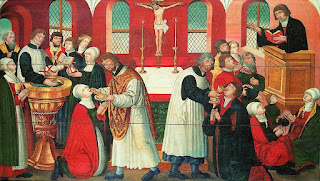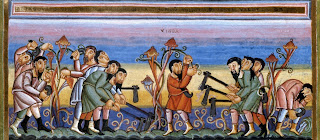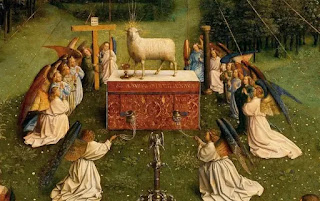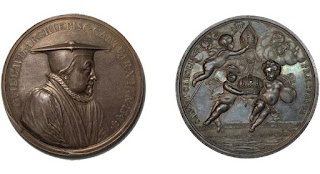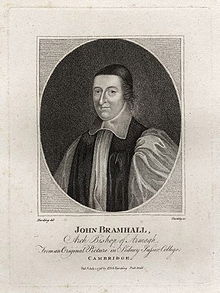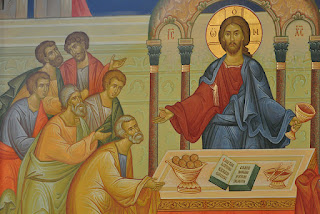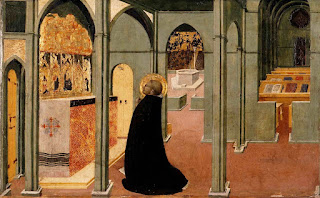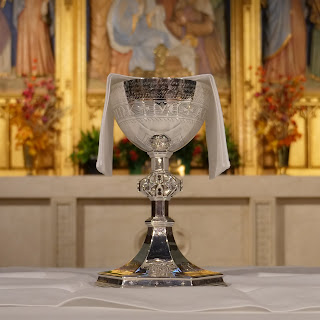Baptism, Lent, and the gift of life in Christ: A sermon for the Sunday before Lent

‘From one degree of glory to another’: Baptism, Lent, and the gift of life in Christ At the Parish Eucharist & Holy Baptism on the Sunday before Lent, 2022 2 Corinthians 3:12-4:2 How might we describe what we do here on Sundays in our parish church? How might we describe how we seek to live out the Christian faith, Monday to Saturday? I think most of us would instinctively choose quite modest words to describe both. We might talk of our Sunday worship as a means of growing in faith, hope, and love; we might talk of seeking in daily life to love God and neighbour. In our first reading this morning, however, from Saint Paul’s Second Letter to the Corinthians, the Apostle employs more dramatic language to describe Christian worship and the Christian life: “all of us, with unveiled faces, seeing the glory of the Lord as though reflected in a mirror, are being transformed into the same image from one degree of glory to another; for this comes from the Lord, the Sp...
